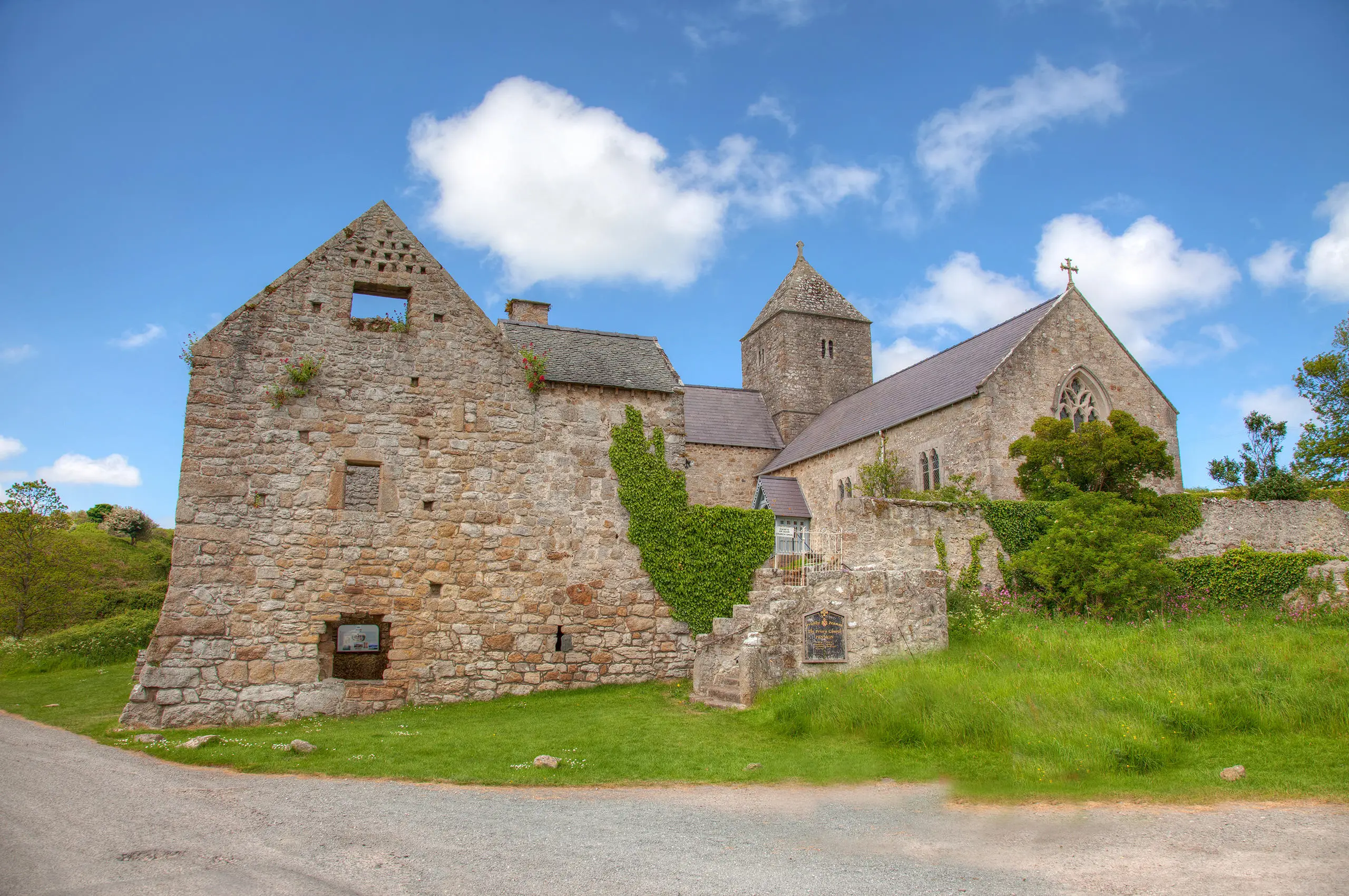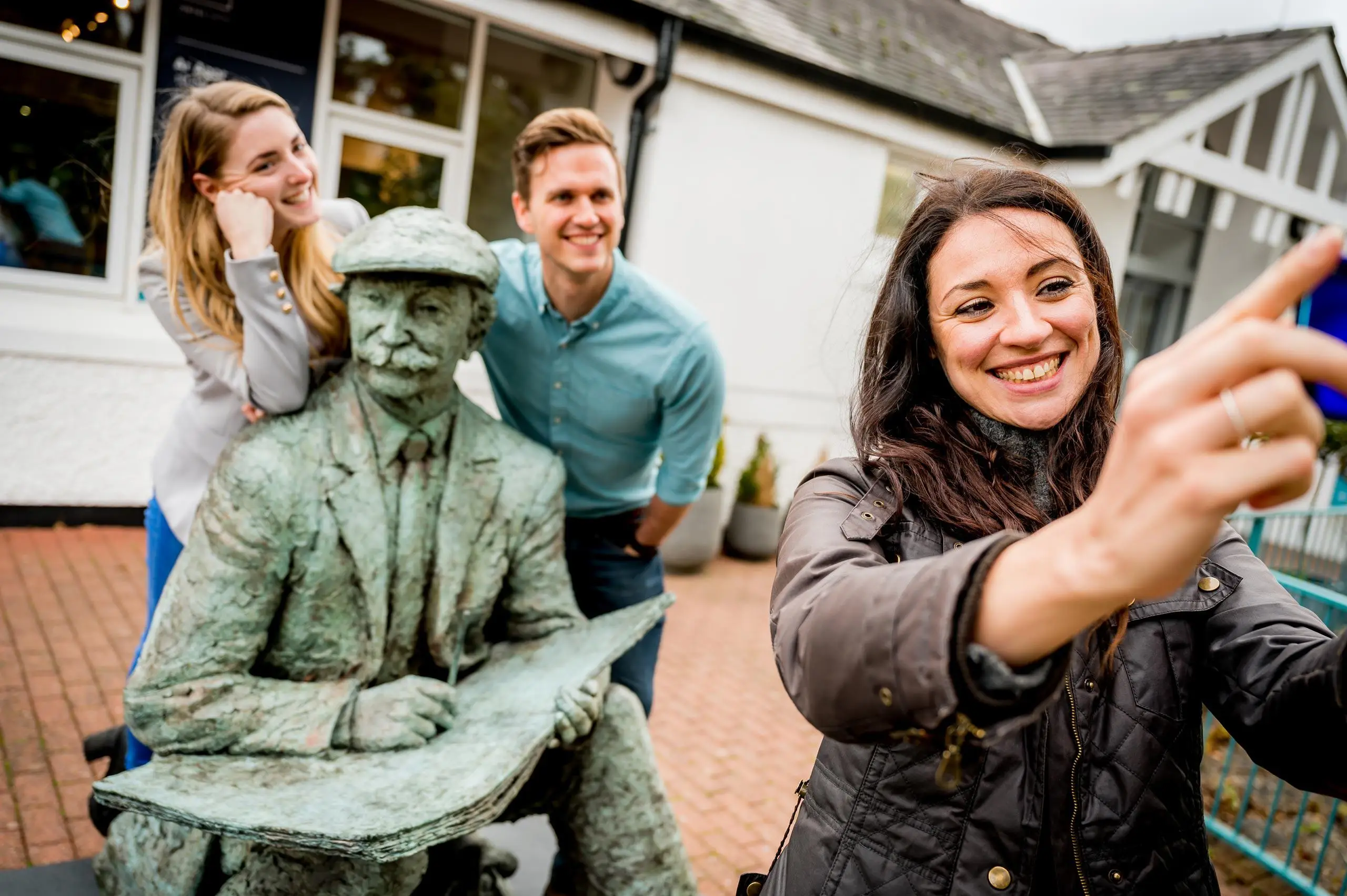Start your day beside the sea at Moelfre with a visit to the RNLI Lifeboat Station and Gwylfan Moelfre Seawatch Centre. There’s been a lifeboat station here since 1854, saving countless seafarers from the elemental waters around these dangerous shores.
Over the years, Moelfre’s crews have been awarded 37 RNLI medals for their bravery, including two Gold medals for Coxswain Richard ‘Dic’ Jones, the station’s most celebrated lifeboatman. The Seawatch Centre tells the story of Jones’s daring rescues, plus many other thrilling tales of Moelfre’s maritime history.
Most poignant of all is the tale of the Royal Charter, which sank offshore in 1859 in a great storm just hours from the end of a voyage from Australia to Liverpool. A famous account of the tragedy, which claimed over 400 lives, was written by Charles Dickens.
Head out of town on the A5108 for a mile or so before turning onto a minor road at the roundabout. A little further on you’ll find Din Lligwy Hut Group, an impressive Celtic settlement tucked into a wooded grove (there’s a small roadside car park not far from the huts).
As you explore the remains of rectangular huts and roundhouses, all encircled by a sturdy boundary wall, you’ll travel deep into Anglesey’s past. Artefacts including Roman coins, pottery and beads have been found here, indicating that this little village dates to the 3rd or 4th century. However, archaeological discoveries beyond its walls suggest the site was occupied as far back as the Iron Age.
Before you leave, it’s worth taking the short walk to nearby Lligwy Burial Chamber. The first thing you’ll notice about this mighty Neolithic monument is the sheer size of its capstone. At 5.5m in length and weighing an estimated 25 tons, it’s one of the biggest in the UK and a testament to the skills of the ancient builders who somehow levered it into position.


